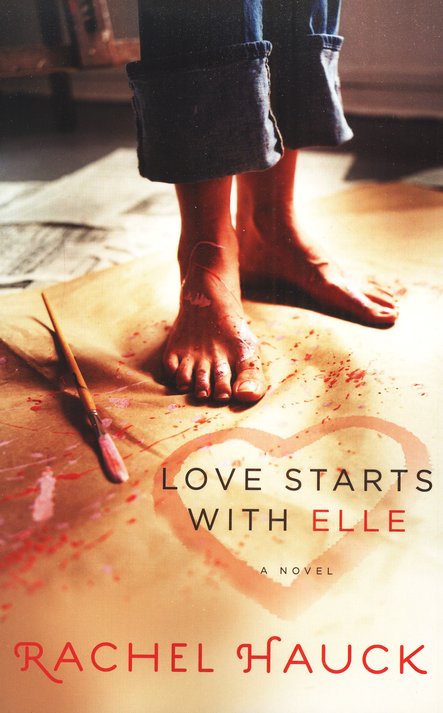|
For
Sale. MySpace. I mean “my space” on MySpace. I’m over it. Lost the
fascination. MySpace, developed by southern California marketer Chris
DeWolf and English major Tom Anderson, has an artsy, express-yourself
look and feel.
It’s busy with lots of
advertisements. I get lost when I visit MySpace.
Designed to allow members to
customize their MySpace to reflect their personalities, the site
attracted a lot of musicians, bands, artists and teens upon its 2003
launch.
As a Diaryland member, then a
Xanga blogger, I joined MySpace in late 2005 when I heard the teens at
church talking about it. Apparently no one cool hung out on Xanga
anymore.
My first trade novels were set
to release in the fall of ’06, and I thought, “Why not promote my book
on MySpace?”
I worked weekends making
friends. The job seemed enormous. When Georgia on Her Mind
and Lost in Nashvegas released, I posted to my
friends and on my site. But the reward was minimal.
Concepts like social marketing
and social media had yet to be invented and defined. Yet, I was
convinced MySpace and like social networks were great marketing tools.
So much so, I e-mailed MySpace customer support asking them to create
an author venue like they had for singers and musicians.
But four years later, I began to
wonder if MySpace was worth my time, when places like Facebook and
Twitter offered more immediate feedback with a much simpler interface.
And less questionable content.
Earlier this year, I started
reading posts from my friends (real friends) on MySpace. “Hey, unless
someone speaks up, I’m moving all my blogs over the Facebook.”
Meanwhile, more actors and
entertainment venues were clogging up the MySpace cyber waves, and I
found myself less intrigued by the site.
Then I read a post by David
Wilson over at Social
Media Optimized, a Web site geared toward
bringing together traditional and new wave media and marketing. He
quoted Advertising Age on Disney’s successful MySpace movie campaign
for their movie Step Up 2 to the Street: “A tactic
that worked very well for Disney was that they realized that one of the
keys to being successful within social networks is not to continually
hit consumers over the head with a marketing message but rather to
maintain a steady stream of contact with them.”
Wilson goes on to say that
Disney spent time building up the movie site by allowing users/friends
to interact with the director and the movie’s stars, and to participate
in various campaigns and contests.
|
Maybe
I was being too hasty about ignoring MySpace. What can I learn from
Disney’s strategy as a lesser in value and lesser in reputation author?
1. A MySpace presence is
valuable. Users who have read one of my books
might look for me on MySpace. Being there is beneficial to me as well
as the reader.
2. Slowly, steadily
gaining friends bears fruit. I get in a hurry to
get my message out, make friends, grow my potential fan base, but from
Disney I learned to greet one friend at a time and let the momentum
build.
3. Friend interaction and
contests help build relationships with users
and increase my fan base. I’m not there yet, but it’s a goal.
4. I’m creating a forum where
readers can talk about books, reading,
and writing. Well, maybe when I’m famous, but it’s a goal.
5. MySpace registers 230,000 new
users a day with over 200 million
members and generates more traffic than Google.
6. MySpace is “open” 365/24/7.
While I sleep, work, clean my house,
walk the dog, go to church, MySpace is working for me. Free.
Pardon me, but I think I’ll go
spruce up my MySpace, do a bit of dusting, put some flowers in the
windows, see who’s hanging out. See you there.

|









